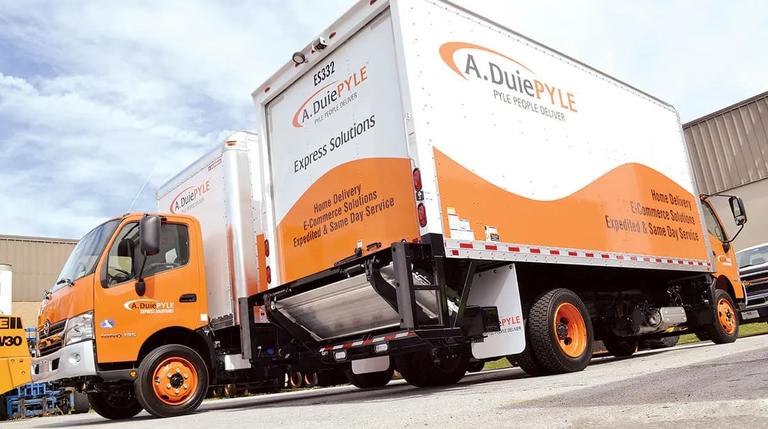
Lessening the Effects of the Driver Shortage on the Aftermarket Supply Chain
With higher demand for goods and tighter transportation capacity, industry sectors must together find a way to get more drivers on the road to bolster the supply chain.
Although the driver shortage has been the focal point of much attention within the transportation and logistics sector, companies across the board are more keenly experiencing the fallout arising from the issue as it affects different elements of the economy. In recent years, the driver shortage has begun to directly impact industries which are more dependent upon prompt transportation services, and the automotive supply chain is unlikely to remain exempt from these trends. The automotive aftermarket industry—a $380 billion dollar industry in the U.S.— is forecasted to globally exceed the trillion dollar threshold by 2022, which makes the accompanying need for reliable and efficient transportation solutions ever more critical. With higher demand for goods and tighter transportation capacity, both sectors must together find a way to get more drivers on the road to bolster the supply chain.
You May Like

Regional LTL Carrier Award Adds to Pyle’s Haul of Honors
For the second year in a row, A. Duie Pyle, a provider of asset- and non-asset-based supply chain solutions, was named as a Platinum Regional LTL Carrier by Echo Global Logistics, a provider of technology-enabled

A. Duie Pyle to Open Three Locations in Virginia
A. Duie Pyle Inc. is opening three new facilities as part of an effort to expand its services into Virginia, the company announced March 15. The West Chester, Pa.-based provider of asset- and non-asset-based supply